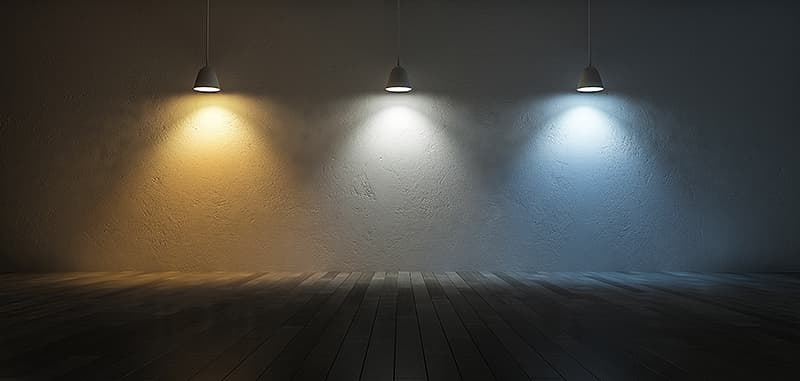Lumens and LED Brightness Description

In traditional lighting knowledge, wattage is the standard measure of brightness for most, with higher wattage portraying a brighter bulb. Although we all know LED lights are a brighter replacement for fluorescent, incandescent, and halogen bulbs, and they require far fewer watts to produce that brighter light, we measure the brightness of LED lights in lumens.
What are lumens? Glad you asked! Lumens (lm) are a measurement of light output! This would mean that the higher the lumens, the higher the brightness of LED lights is going to appear. To put this into perspective, a standard household LED Bulb has an average lumen 800lm, while a large commercial fixture, such LED Shoe Boxes or Stadium Lights, can reach 160,000lm per fixture!
Why are LEDs brighter with less wattage you ask?
Without a good knowledge of lumens, it could be safe to assume that an LED having fewer watts would be less bright than a traditional bulb that has higher wattages; however, that is most certainly not the case! As previously mentioned above, a LED light requires way less energy to operate and produce the same, if not more light than a traditional bulb. Created by design, the LED light has a minimal heat output, which would place them as less hazardous and allow construction of the bulbs to include shatterproof materials. Also, when you provide power to an LED light, more energy is converted to light rather than heat which is why you will often see wattage equivalency listed on the specifications for LED lights. For a mental image, a standard 16W A21 LED Bulb is an ideal replacement to an 100W incandescent bulb, and will be as bright, If not brighter!
What is lighting efficacy?
Another common measurement you might notice on specification sheets for LED lights is efficacy! And no, this is not the same as efficiency, which refers to the amount of energy used. Efficacy is essentially, how you could measure the “bang for your buck” when it comes to the brightness you are looking to achieve. This can easily be calculated by dividing the lumens/watt. As an example, a LED Flood Light with 10,000lm and 100W has an efficacy of 100lm/w. So as a rule of thumb, high output LEDs have an efficacy of 100lm/w or more while some commercial LED lights, such as LED Tubes, can feature efficacies of over 130lm/w.
How does color temperature affect brightness?
Good question! Lighting color, or light temperature, is measured in Kelvin (K). The average LED light temperatures range from 2700K (warmest) to 6000K (coolest). While a 2700K bulb will cast a cozy, orange glow and a 6000K bulb will emit a crisp, blue light, the brightness will nearly be the same. Changing from 4000K to 5000K will typically only increase brightness by 20-60lm, in the same fixture, of course. Knowing the differences between the LED light temperatures is good to know, as you can use this knowledge while customizing or creating atmospheres!- Mary S





